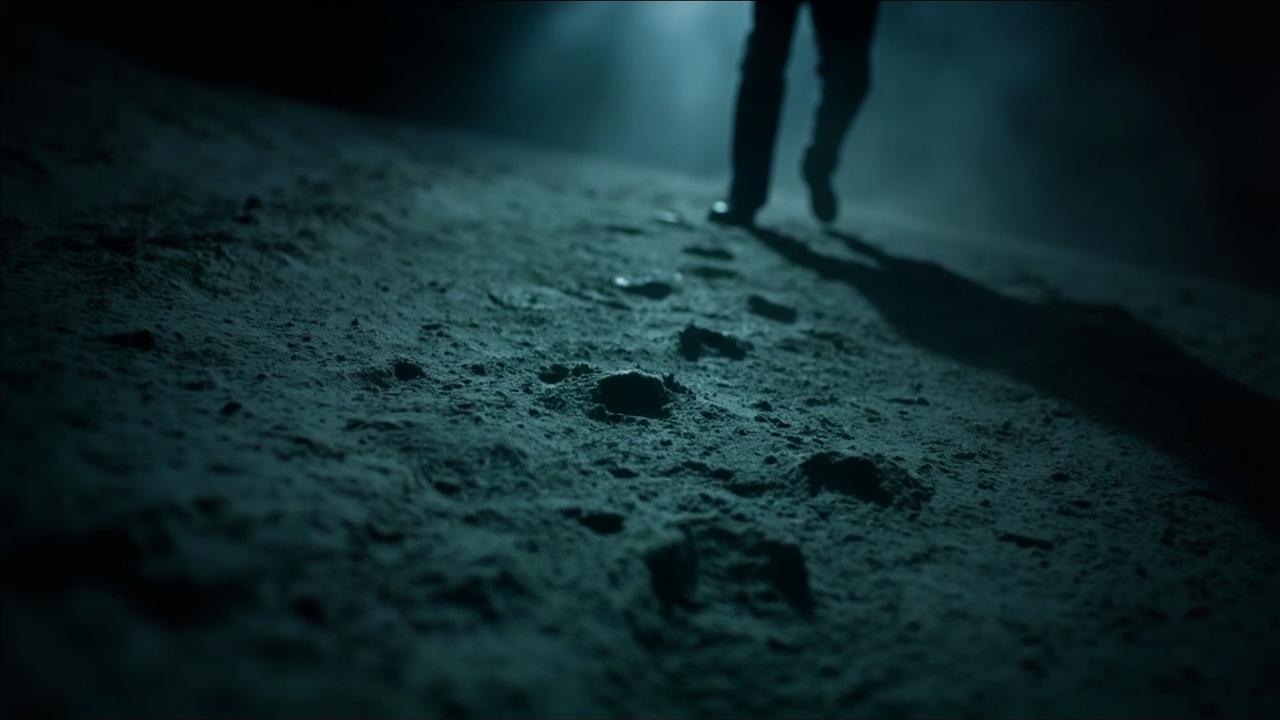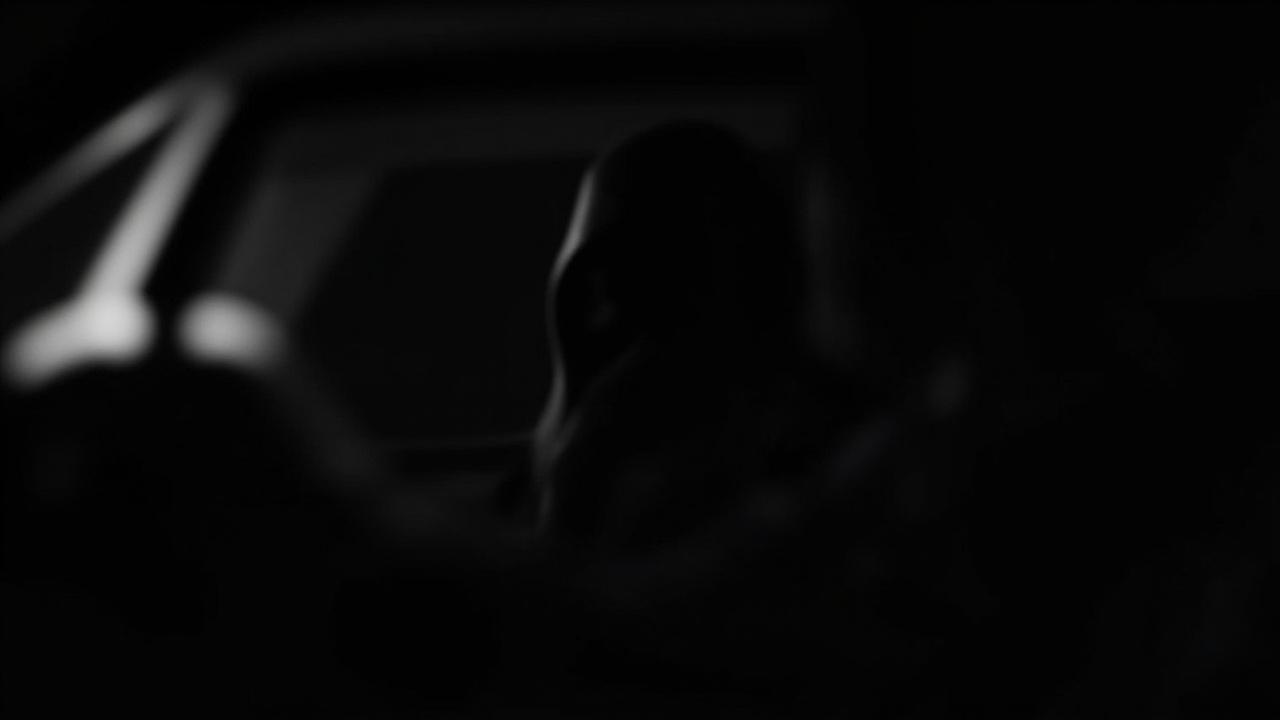Introduction
Accused of arson? SoCal arson defense strategies are crucial. A single spark can irrevocably alter your life, particularly if you find yourself accused of arson in Southern California. The weight of an arson charge carries significant consequences, potentially leading to lengthy prison sentences, hefty fines, and a criminal record that can haunt you for years to come. Given these severe penalties, it’s absolutely critical to understand your rights and seek qualified legal counsel immediately.
Arson in Southern California is treated as a serious offense, and the legal ramifications can be life-altering. The prosecution will meticulously build a case, often relying on complex forensic evidence and expert testimony. Facing such a formidable challenge requires a deep understanding of the law and the ability to craft a strong, strategic defense. Knowing what you are up against is the first crucial step.
This article aims to provide a comprehensive overview of arson charges in Southern California, from the legal definition of arson to the types of evidence commonly used in court. We will delve into effective defense strategies, common mistakes to avoid, and the importance of securing experienced legal representation. Understanding these elements is paramount to protecting your future and navigating the complexities of the legal system.
What Exactly Constitutes Arson in California? (Legal Definition & Degrees)
California Penal Code 451 meticulously defines arson, making it clear that it involves more than just any fire. At its core, arson is defined as willfully and maliciously setting fire to, burning, or causing to be burned, any structure, forest land, or property. The “willful and malicious” component is crucial, highlighting that the act must be intentional and with a wrongful intent. A simple accident typically doesn’t qualify as arson, but the specific circumstances are closely scrutinized.
The law further categorizes arson into different degrees, each carrying its own set of penalties. Aggravated arson, for instance, involves arson that causes great bodily injury to another person. This offense naturally carries the most severe punishment.
Arson of a structure refers to intentionally setting fire to buildings like homes, businesses, or schools. Arson of forest land encompasses wildfires, and arson of personal property covers items like vehicles or other possessions. Each of these variations carries differing potential consequences, impacting sentencing and potential fines.
Furthermore, California law also addresses the issue of intent. The prosecution must prove that the defendant acted with the specific intent to set the fire. A successful arson defense often hinges on casting doubt on this element of intent, potentially arguing the fire was accidental.
Related charges, such as reckless burning, may also be considered. This occurs when a fire is started recklessly but without the malicious intent required for arson. Understanding these nuances is essential for anyone facing such charges and forms the basis for effective socal arson defense strategies.
The Prosecution’s Case
The prosecution in an arson case relies heavily on physical evidence and expert analysis to prove guilt. Building a strong case often involves a multifaceted approach, combining scientific findings with witness accounts and circumstantial details. Understanding the types of evidence commonly presented by the prosecution is crucial for developing effective socal arson defense strategies.
Expert Testimony: The Cornerstone of Arson Cases
One of the most crucial aspects of an arson trial is the testimony of expert witnesses, particularly fire investigators and forensic scientists. Fire investigators meticulously examine the scene of the fire to determine its origin and cause. They analyze burn patterns, looking for telltale signs of accelerants or unusual fire behavior. Forensic experts then step in to analyze samples collected from the scene, often focusing on identifying the presence of accelerants like gasoline, kerosene, or other flammable liquids.
The identification of accelerants is a significant piece of evidence, suggesting that the fire was intentionally set. These experts use sophisticated techniques like gas chromatography-mass spectrometry (GC-MS) to detect even trace amounts of these substances. The expert’s interpretation of burn patterns is also critical; unusual patterns can indicate that the fire was deliberately set with the use of an accelerant or through a complex ignition method.
Circumstantial Evidence: Painting a Picture
While direct evidence is always preferable, arson cases frequently rely heavily on circumstantial evidence. This type of evidence, while not directly proving the act of arson, can strongly suggest the defendant’s involvement. A common motive that prosecutors will explore is financial gain, specifically insurance fraud. If the defendant had a significant insurance policy on the property that burned down, and they were experiencing financial difficulties, this can be used as evidence of a motive to commit arson.
Opportunity is another crucial element. Prosecutors will attempt to establish that the defendant had the opportunity to start the fire, meaning they were present at the scene or had access to it around the time the fire started. Furthermore, any prior threats or conflicts the defendant had with individuals connected to the property can be presented as evidence of malice or intent.
Witness Testimony and Confessions
Eyewitness accounts can play a role in arson cases, although their reliability can be questionable, especially in chaotic and rapidly evolving situations like a fire. Witnesses may have observed someone fleeing the scene, acting suspiciously nearby, or making incriminating statements. However, eyewitness testimony is often subject to scrutiny due to factors like stress, poor visibility, and the passage of time. Confessions or statements made to law enforcement are another potentially damaging form of evidence.
It is crucial to remember the right to remain silent and to consult with an attorney before speaking to investigators. Any statements made can be used against the defendant, even if they were made under duress or without a full understanding of the implications. Prosecutors will aggressively pursue any admissions of guilt or incriminating statements to strengthen their case.
Unveiling SoCal Arson Defense Strategies
When facing arson charges, a robust defense is paramount. Several avenues can be explored to challenge the prosecution’s case and protect your rights. One key strategy involves meticulously examining the fire investigation itself. This means scrutinizing the qualifications and methods employed by the fire investigator.
Were proper protocols followed? Were all possible causes considered, or was there a rush to judgment? Often, presenting alternative explanations for the fire’s origin can create reasonable doubt. For example, an electrical malfunction or spontaneous combustion might be a more plausible cause than intentional arson.
Another vital defense hinges on the element of intent. Arson requires willful and malicious intent, meaning the fire was deliberately set. If the fire was accidental, perhaps caused by a cigarette or faulty equipment, that negates the essential element of arson. Proving a lack of intent often requires expert testimony to demonstrate the likelihood of an accidental fire scenario.
Further bolstering a defense involves addressing potential misidentification. Establishing that the accused was not present at the scene of the fire is crucial. This can be accomplished through a solid alibi, supported by credible witnesses or documentary evidence. Surveillance footage, receipts, or testimonies from individuals who can verify your location during the time the fire occurred can significantly weaken the prosecution’s argument.
Challenging the evidence is another crucial aspect of socal arson defense strategies. If evidence was obtained illegally, perhaps through an unlawful search and seizure, a skilled attorney can move to suppress it, rendering it inadmissible in court. In some cases, it may be possible to suggest that a third party was responsible for the fire.
This defense requires presenting evidence that implicates another individual, potentially someone with a motive or opportunity to commit the crime. This strategy shifts the focus away from the defendant and casts doubt on the prosecution’s case. Ultimately, a multifaceted defense approach, carefully tailored to the specific facts of the case, provides the best chance of a favorable outcome.
| Defense Strategy | Description |
|---|---|
| Challenging Fire Investigation | Questioning investigator qualifications and methodology; presenting alternative fire origins. |
| Lack of Intent | Arguing the fire was accidental, negating the “willful and malicious” element. |
| Mistaken Identity/Alibi | Providing evidence the accused was not at the scene during the fire. |
| Challenging Evidence | Suppressing illegally obtained evidence. |
| Third-Party Responsibility | Presenting evidence that implicates another individual in the fire. |
Common Mistakes People Make When Accused of Arson (And How to Avoid Them)
When facing arson allegations, it’s crucial to avoid common pitfalls that can severely damage your defense. The legal system is complex, and seemingly innocuous actions can have significant repercussions. Understanding these mistakes and proactively avoiding them is paramount to protecting your rights and future.
The Peril of Talking to Law Enforcement Without Counsel
One of the most frequent and damaging mistakes individuals make is speaking to law enforcement without an attorney present. Even if you believe you have nothing to hide or that you can explain the situation, any statements you make can be used against you. Police officers are trained to elicit information, and even unintentional misstatements or inconsistencies can be twisted to support the prosecution’s case.
It’s imperative to invoke your right to remain silent and request an attorney immediately. This is a cornerstone of your legal protections. Engaging experienced legal counsel familiar with `socal arson defense strategies` is crucial at this stage.

Tampering With Evidence and Social Media Missteps
Another dangerous action is tampering with evidence at the scene, even if you believe you are helping. Moving items, cleaning up, or attempting to extinguish a fire after the fact can be construed as obstruction of justice and further incriminate you. Similarly, avoid posting about the case on social media.
Anything you post can be used against you, regardless of your intentions. Jurors may see posts taken out of context, harming your defense. Resist the urge to defend yourself online or discuss the case with anyone other than your attorney.
Ignoring Legal Notices and Discussing the Case Inappropriately
Ignoring court dates or legal notices is another critical error. Failing to appear in court can result in a warrant for your arrest and further complicate your legal situation. It’s essential to promptly address any legal correspondence and attend all scheduled hearings. Furthermore, be mindful of who you discuss the case with.
Even conversations with friends or family members can be subpoenaed and used as evidence. Remember, anything you say can be repeated and potentially misconstrued. Limit discussions solely to your attorney, who is legally bound to maintain confidentiality.
The Importance of Expert Legal Representation
Facing arson charges in Southern California is a serious matter that demands the attention of a skilled and knowledgeable legal professional. The complexities of fire science, forensic evidence, and legal procedures require an attorney with specific expertise in this area. It is essential to seek legal representation as soon as possible to protect your rights and build a strong defense.
An attorney experienced in arson defense brings a unique skill set to the table. They possess a deep understanding of California arson laws, including the specific elements the prosecution must prove to secure a conviction. Furthermore, they understand the nuances of fire investigation and can effectively challenge the prosecution’s evidence.
Choosing the right lawyer means finding someone who not only understands the law but also knows how to navigate the complex world of fire science and forensic analysis. These lawyers often work with independent fire investigators and other experts to build a solid defense.
Working with a lawyer familiar with Southern California courts and prosecution tactics is also crucial.
- They understand the local court system
- They know the tendencies of local prosecutors
- They can anticipate the prosecution’s strategies
This local knowledge can be invaluable in negotiating a favorable outcome or preparing for trial. Furthermore, an attorney can protect your rights throughout the legal process, ensuring that you are treated fairly and that your voice is heard.
Remember that one of the key *socal arson defense strategies* involves presenting a defense that is tailored to the specific facts of your case. Your lawyer will investigate the circumstances surrounding the fire, gather evidence, and develop a legal strategy that is designed to achieve the best possible result.
Real-World Arson Defense Case Studies (Anonymized)
Real-world examples, even when anonymized, can illuminate the practical application of socal arson defense strategies. These cases are presented to illustrate the defenses without sensationalizing individual tragedies. They highlight that a robust defense is possible even in seemingly dire circumstances.
One case involved a business owner accused of arson after a fire destroyed their failing restaurant. The prosecution’s case hinged on financial motive, presenting evidence of mounting debts and a recently increased insurance policy. However, the defense team focused on challenging the fire investigator’s conclusions.
They brought in an independent fire expert who identified inconsistencies in the original investigator’s methodology, questioning the determination that accelerants were used. The defense expert proposed an alternative origin, pointing to faulty electrical wiring and highlighting the lack of definitive proof of arson. The judge agreed that the prosecution’s evidence was not strong enough to prove guilt beyond a reasonable doubt and the defendant was acquitted.
Another case centered on an individual accused of setting fire to a vehicle. The prosecution presented eyewitness testimony placing the defendant near the scene. The defense focused on establishing a credible alibi.
Through meticulous record-keeping and testimony from multiple witnesses, the defense was able to demonstrate that the accused was at a work conference several hours away from the location of the fire at the time it occurred. This cast significant doubt on the eyewitness accounts, which were shown to be unreliable due to distance and poor lighting conditions. With a solid alibi in place, the prosecution’s case crumbled and the charges were dropped.
In a third scenario, a homeowner was charged with arson after their house burned down. The prosecution argued that the homeowner intentionally started the fire to collect insurance money. However, the defense successfully demonstrated a lack of intent through expert testimony.
The defense presented evidence of the homeowner’s longstanding history of mental health issues and expert testimony that the homeowner was in a severely confused and disoriented state due to the accidental consumption of prescription medication at the time the fire started. The expert successfully argued that the homeowner lacked the requisite mental state to intentionally set the fire. The jury found the defendant not guilty.
| Case Type | Defense Strategy | Outcome |
|---|---|---|
| Restaurant Fire | Challenging Fire Investigator’s Conclusions | Acquittal |
| Vehicle Fire | Establishing a Credible Alibi | Charges Dropped |
| House Fire | Demonstrating Lack of Intent | Not Guilty |
Conclusion
Arson accusations carry a weight that can crush an individual’s life, from their personal relationships to their professional prospects. The path forward requires swift and decisive action, recognizing the profound impact these charges can have. Ignoring the situation or hoping it will simply disappear is a dangerous gamble with potentially devastating results. The complexities of arson investigations, coupled with the aggressive prosecution tactics often employed in Southern California, make a proactive approach absolutely essential.
If you find yourself facing arson allegations, your immediate priority should be securing experienced legal representation. The landscape of fire science, forensic evidence, and legal procedure is intricate and requires the guidance of a seasoned professional. Attempting to navigate this alone is akin to entering a maze blindfolded. A qualified attorney specializing in socal arson defense strategies can meticulously examine the evidence against you, challenge flawed investigative methods, and build a robust defense tailored to your specific circumstances.
Don’t let the weight of these accusations define your future. By taking immediate action and partnering with a skilled arson defense lawyer, you can assert your rights, explore all available legal options, and fight for the best possible outcome. The possibility of a successful defense exists, but it requires proactive engagement and the unwavering support of an experienced legal advocate. The first step towards protecting your future is to seek that support without delay.
Frequently Asked Questions
What are the most common arson defense strategies used in Southern California?
In Southern California, common arson defense strategies often revolve around challenging the prosecution’s evidence of intent. Lawyers might argue that the fire was accidental, perhaps due to faulty wiring or a natural event.
Another approach involves disputing the origin and cause of the fire, suggesting alternative explanations for how it started. Finally, questioning the credibility of witnesses and presenting alibi evidence can also be a key part of the defense.
How does the prosecution typically prove arson in a Southern California court?
The prosecution in a Southern California arson case typically proves its case by establishing the fire was intentionally set and linking the defendant to the act. They rely heavily on expert testimony from fire investigators who can analyze the burn patterns and identify the origin of the fire.
Further, they may use forensic evidence, such as the presence of accelerants, to demonstrate the fire was not accidental. Establishing motive through witness testimony or financial records also plays a crucial role.
What are the potential defenses if the fire was accidental and not intentionally set in a SoCal arson case?
If the fire was accidental, several defenses become available in a SoCal arson case. A central strategy involves presenting evidence to support an alternative, non-intentional cause of the fire, such as electrical malfunction, spontaneous combustion, or a natural event like lightning.
Expert testimony is crucial to demonstrate how these factors could have realistically caused the fire. The defense can also focus on disproving any motive the defendant might have had to intentionally start the fire.
What role does forensic evidence play in arson defense strategies in Southern California?
Forensic evidence plays a vital role in arson defense strategies in Southern California. Defense attorneys often challenge the prosecution’s interpretation of forensic findings by hiring independent experts to review the evidence and offer alternative explanations for burn patterns or the presence of potential accelerants.
Questioning the chain of custody of evidence and the validity of laboratory testing procedures are also important tactics to undermine the prosecution’s case.
How can a Southern California arson defense attorney challenge the prosecution’s evidence related to accelerants?
A Southern California arson defense attorney can challenge the prosecution’s evidence related to accelerants in several ways. They might question the methods used to collect and analyze samples, arguing that contamination or improper procedures could have led to false positives.
Furthermore, they can argue that even if accelerants were present, they might have been introduced accidentally after the fire or were residue from normal household products, not necessarily indicating arson. Finally, cross-examining the prosecution’s expert witness on the accuracy and reliability of their testing methods is another important tactic.









